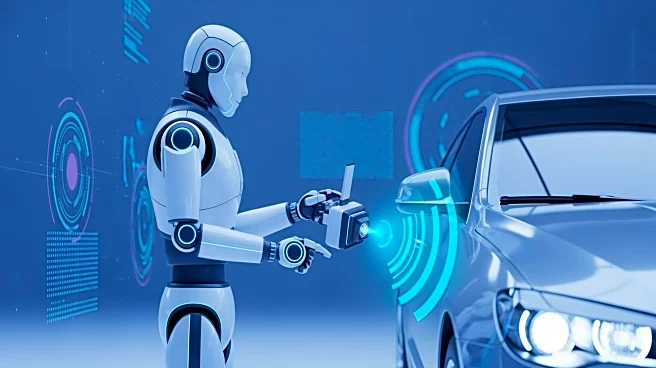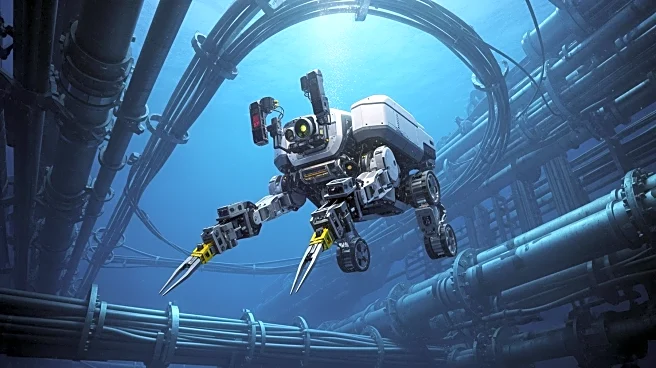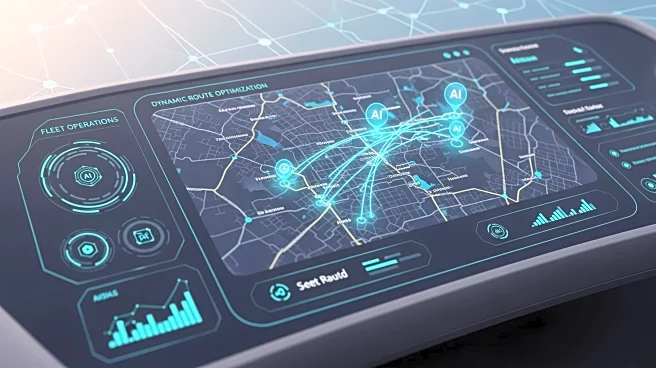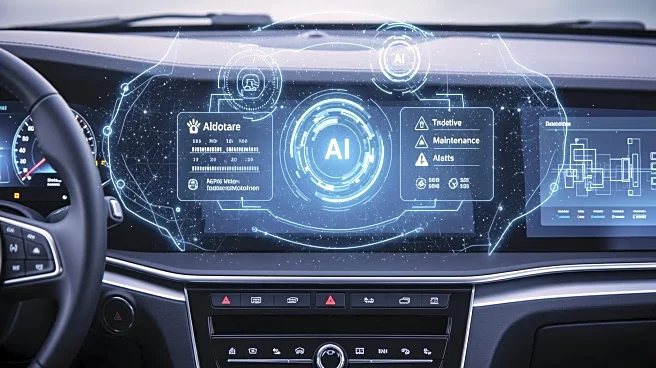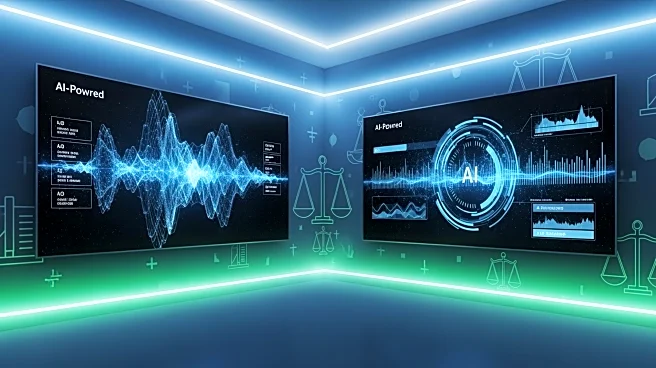What's Happening?
Fleet operations are being transformed by the integration of AI and precision mapping technologies, which offer real-time navigation and spatial intelligence. These advancements help fleet managers optimize
routes, reduce maintenance costs, and improve compliance and safety. By using high-definition cameras and GPS, fleets can anticipate road conditions and avoid hazards, leading to more efficient operations. This approach is crucial for managing rising operational costs and adapting to changing street dynamics and freight volumes.
Why It's Important?
The adoption of AI and precision mapping in fleet management represents a significant shift towards smarter, more efficient operations. These technologies enable fleets to reduce costs, enhance safety, and improve delivery reliability, which are critical factors in maintaining profitability in a competitive industry. As fleets become more reliant on technology, they can better navigate complex urban environments and respond to real-time conditions, ultimately improving customer satisfaction and operational efficiency.
What's Next?
The continued integration of AI and precision mapping technologies in fleet operations is likely to drive further innovation and efficiency improvements. Fleet managers may increasingly invest in these solutions to stay competitive and meet evolving industry demands. Additionally, there may be opportunities for collaboration between technology providers and fleet operators to develop customized solutions that address specific operational challenges. As these technologies advance, they could lead to new standards and practices in fleet management.
Beyond the Headlines
The use of AI and precision mapping in fleet operations raises questions about the future of transportation and logistics. As technology becomes more integral to fleet management, there may be implications for workforce training and the role of human operators. The shift towards automated systems could also influence regulatory frameworks and industry standards, as stakeholders seek to balance innovation with safety and compliance.


